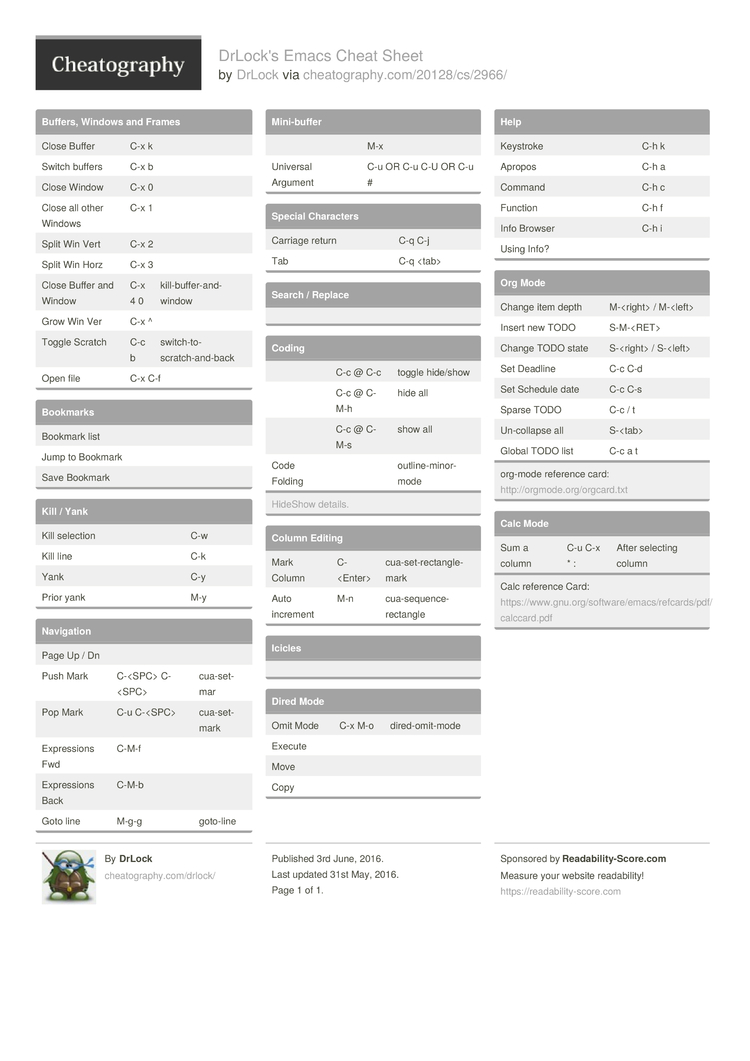
You can continue pressing this key combination to extend the selection by more words. Like the previous example, you can press S-M-f (Shift+Alt+F) to create a selection to the end of the next word. Hold Shift while pressing any movement keybinding.For example, press C-SPC ( set-mark-command) and then M-f to move the point to the end of the next word. Set an active mark at the current location and then move the point using any of the movement keybindings we talked about in the last video.

A region is the range of text in a buffer between the active mark and the point (the cursor). In Emacs, selections of text are called "regions". Once the mark is activated, you will be able to create regions to select text! There is also an alternate keybinding of which is a little harder to press but might be useful if you've replaced the default C-SPC keybinding. The primary way to "activate" the mark at the location of the point is to press C-SPC ( set-mark-command). To understand selections in Emacs, it's best to start with the concept of the "mark." The mark is a location in the buffer that is used as the starting point for various selection and editing operations. We'll also learn about a cool feature called the "mark ring" that will make it easy to jump back to places you've been in the buffers you have open. In this video I'll how you how you can efficiently mark and select text while editing!

I am sorry, I don't think I am really helping here, but maybe my experience will help you in your workflow.In the last video we learned the key bindings you can use to move around Emacs buffers efficiently. Also, connecting Emacs to a DB and query it from history files I have at the ready had become important. Org-mode is just so great that it's worth learning a few more key-bindings. I use Emacs daily as well, more for administrative tasks because Org-mode. Also, I strip text from online resources in Vim to get only the data I need and then pass the lot to Emacs for my report for example. My use case is Vim for all long session of programming because my vim setup is better for that. And I can switch from one to another almost instantly now (although m-x and : are the ones I struggle a little with sometimes). The difference for me is for what task I use one or the other. When I am on Emacs, I use the arrow keys and Home-End etc. Though I customized a little few of the most annoying ones. Emacs is not Vim, I deal with it and I use the Emacs keybindings. I studied many aspects of vi's key system, for what's worth.Īs a user of both Emacs and Vim for a few years, I'll try to give my point of view.Ĭomparing the mappings, vim wins. PS per your question, i've used vi now and then, but not a expert user.

Otherwise, the Esc at upper left corner is high risk for Repetitive Strain Injury. If you go with evil, i highly recommend setting Esc to somewhere near your thumb, or the capslock key. I recommend evil/spacemacs, ergoemacs-mode, or try my own xah-fly-keys. My own opinion is never use default emacs keys, whatever you do.
#EMACS KEY BINDINGS PASSWORD#
(be warned that MS's wireless keyboards are password leaking)

ergodox, kinesis, keyboardio, Microsoft natural. If you really want to stick with emacs default, I'd recommend you get a good keyboard with nice thumb keys so you can hold down as control. (there's a package keyfreq.el on MELPA that can log and report your own command/key usage.)Įmacs default is pretty bad, I think you'll find many blogs in agreement on this today. And modal saves you 1 or 2 keys per command, but deduct the switching mode problem, I estimate that if all things are equal it saves you 10% key strokes. This is because from my statistics, more than 50% of programer's key strokes are spend on editing commands, not typing letters for insertion. Vim is scientifically more efficient, from my studies.


 0 kommentar(er)
0 kommentar(er)
